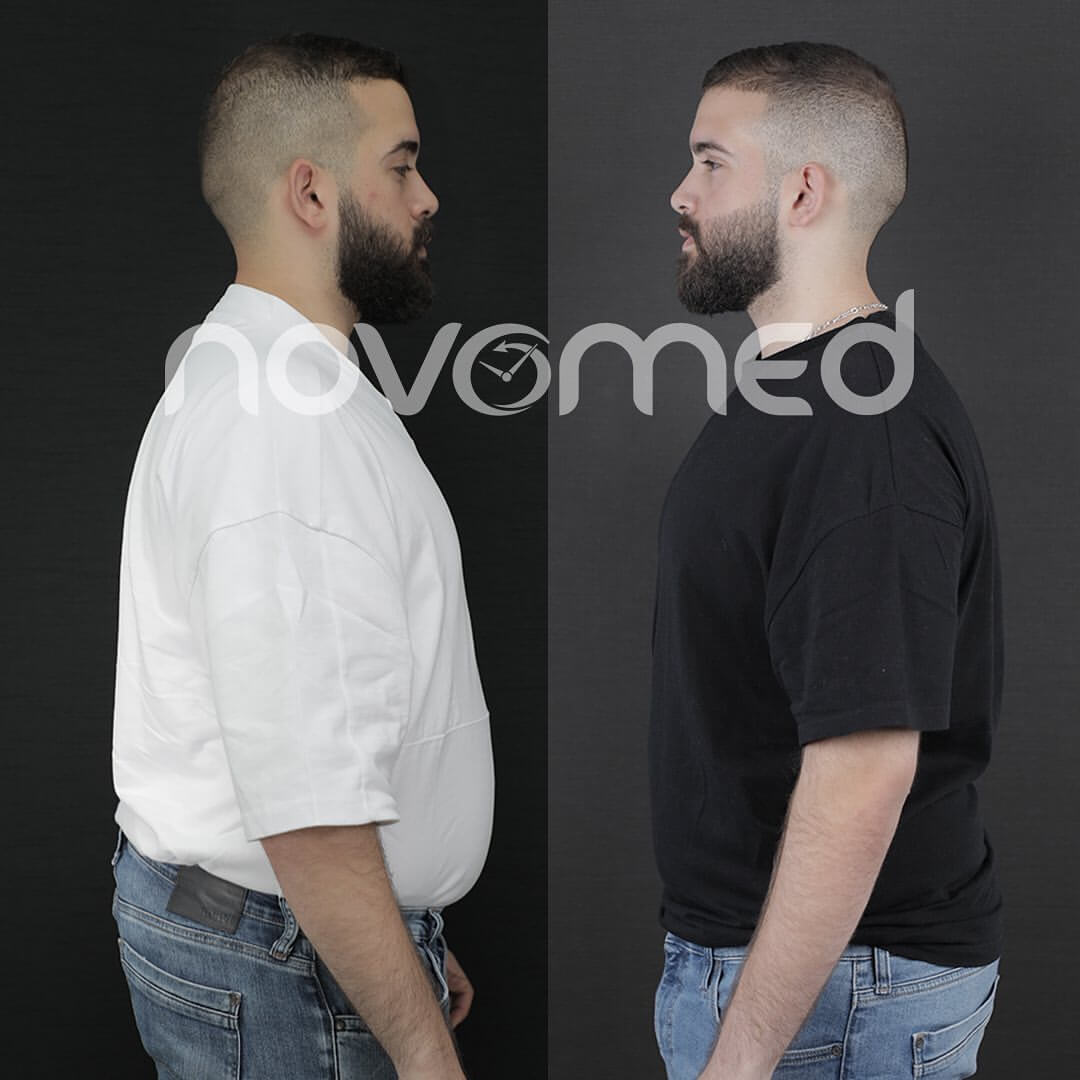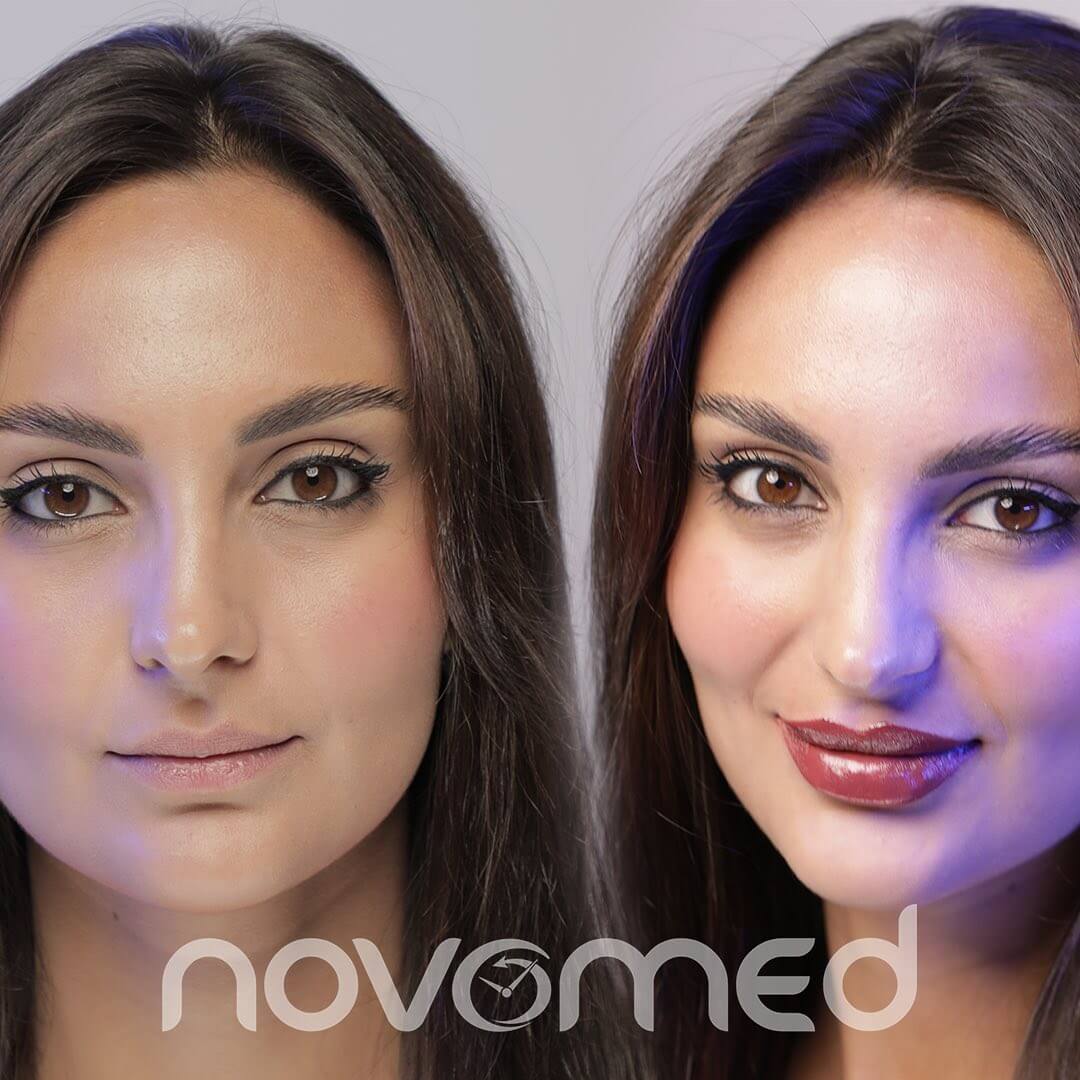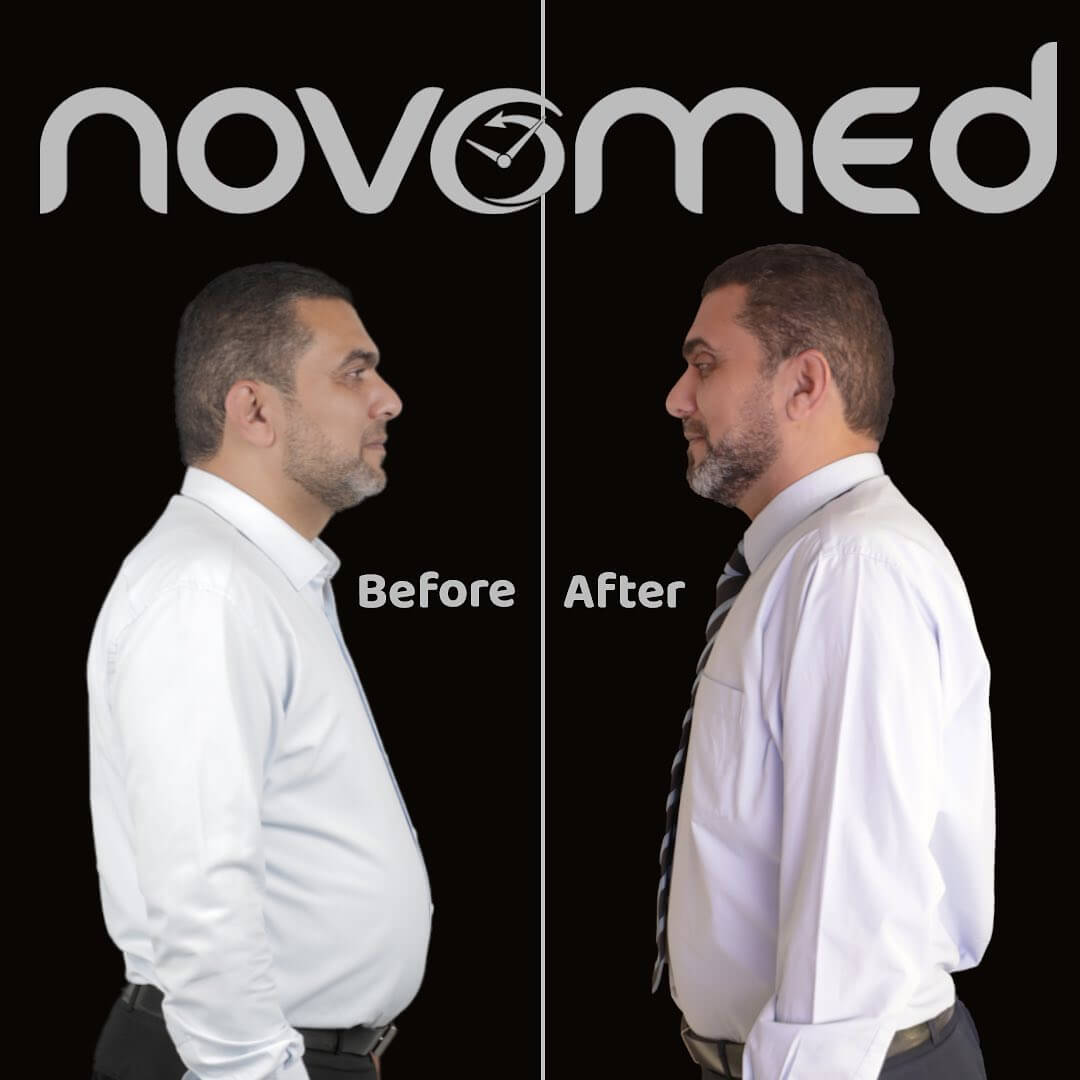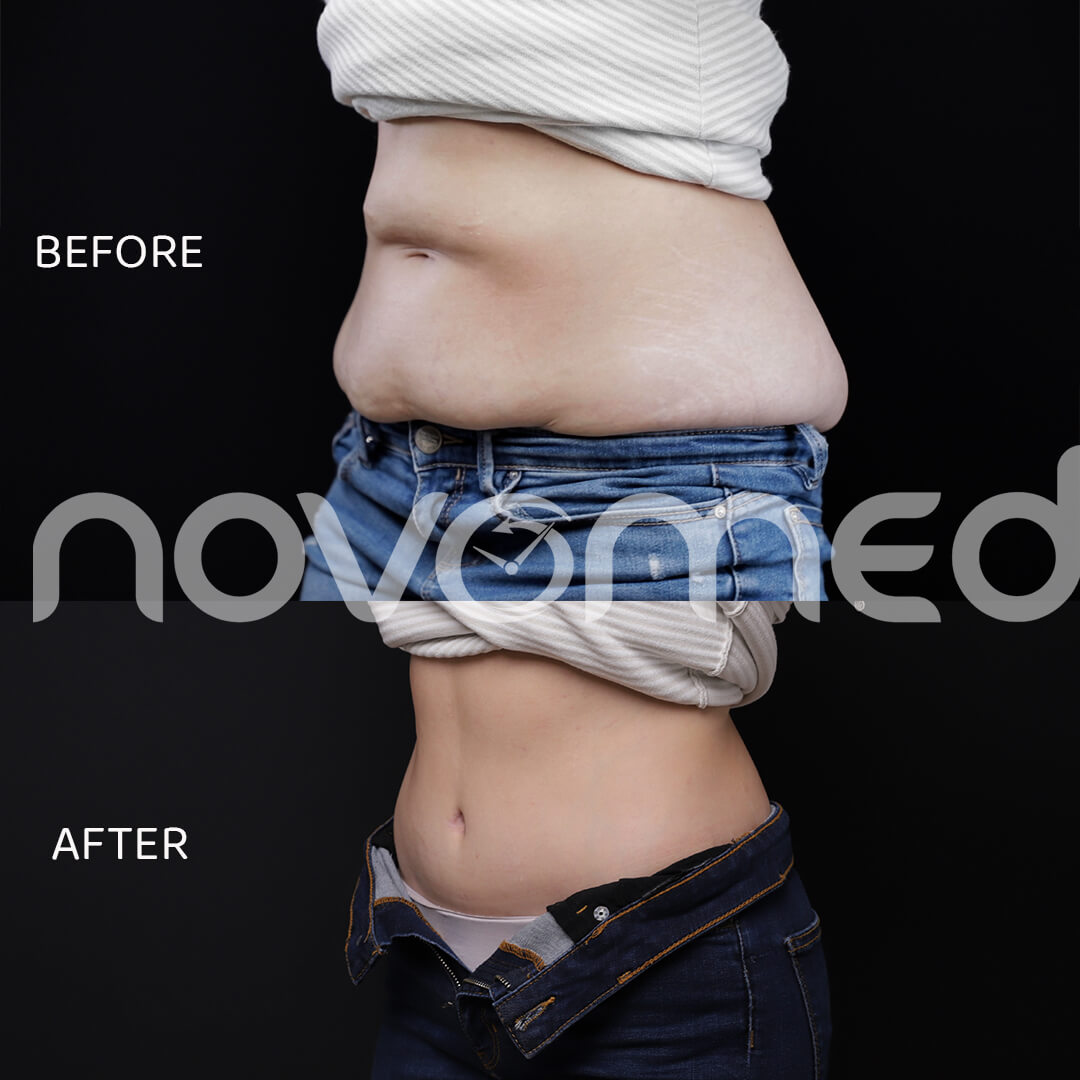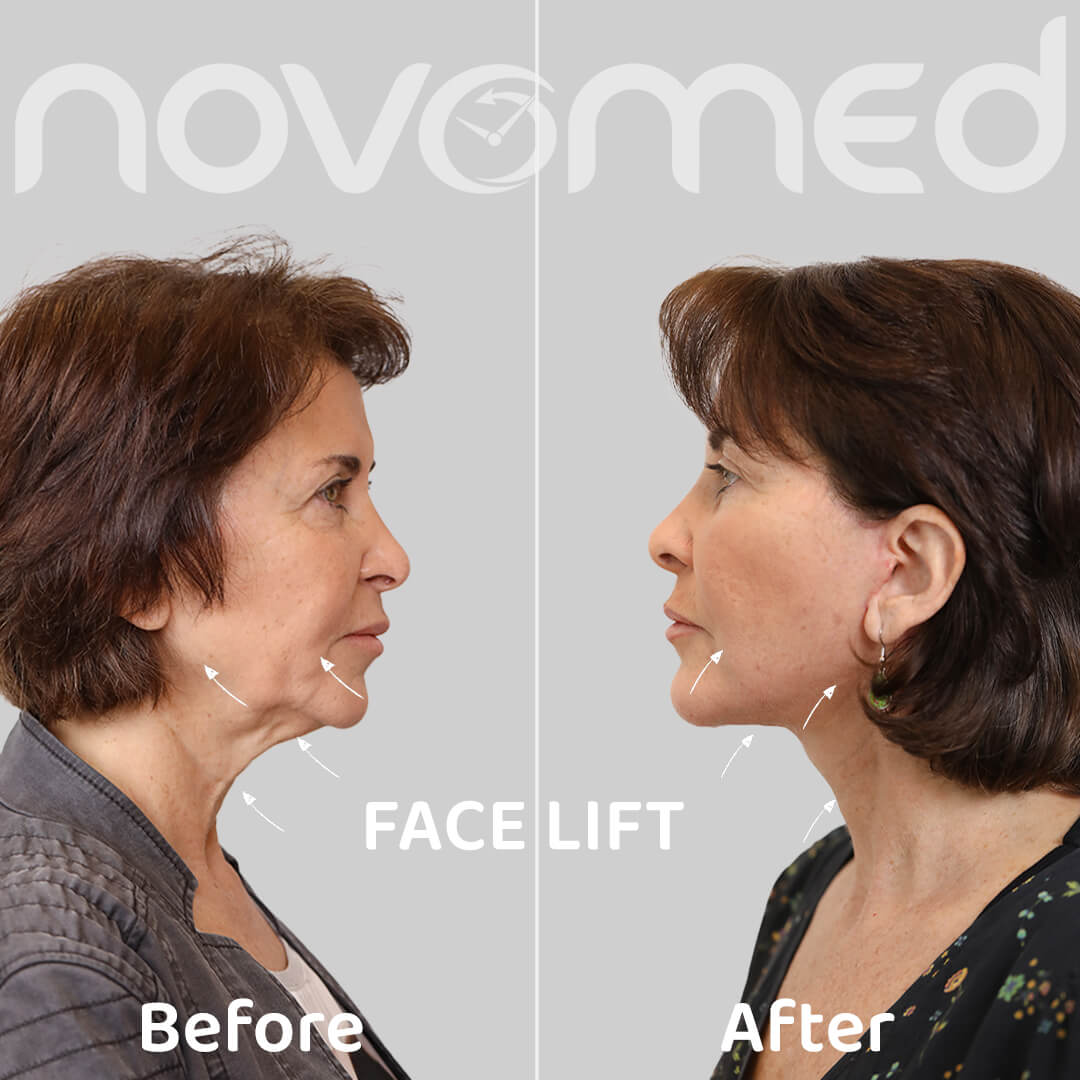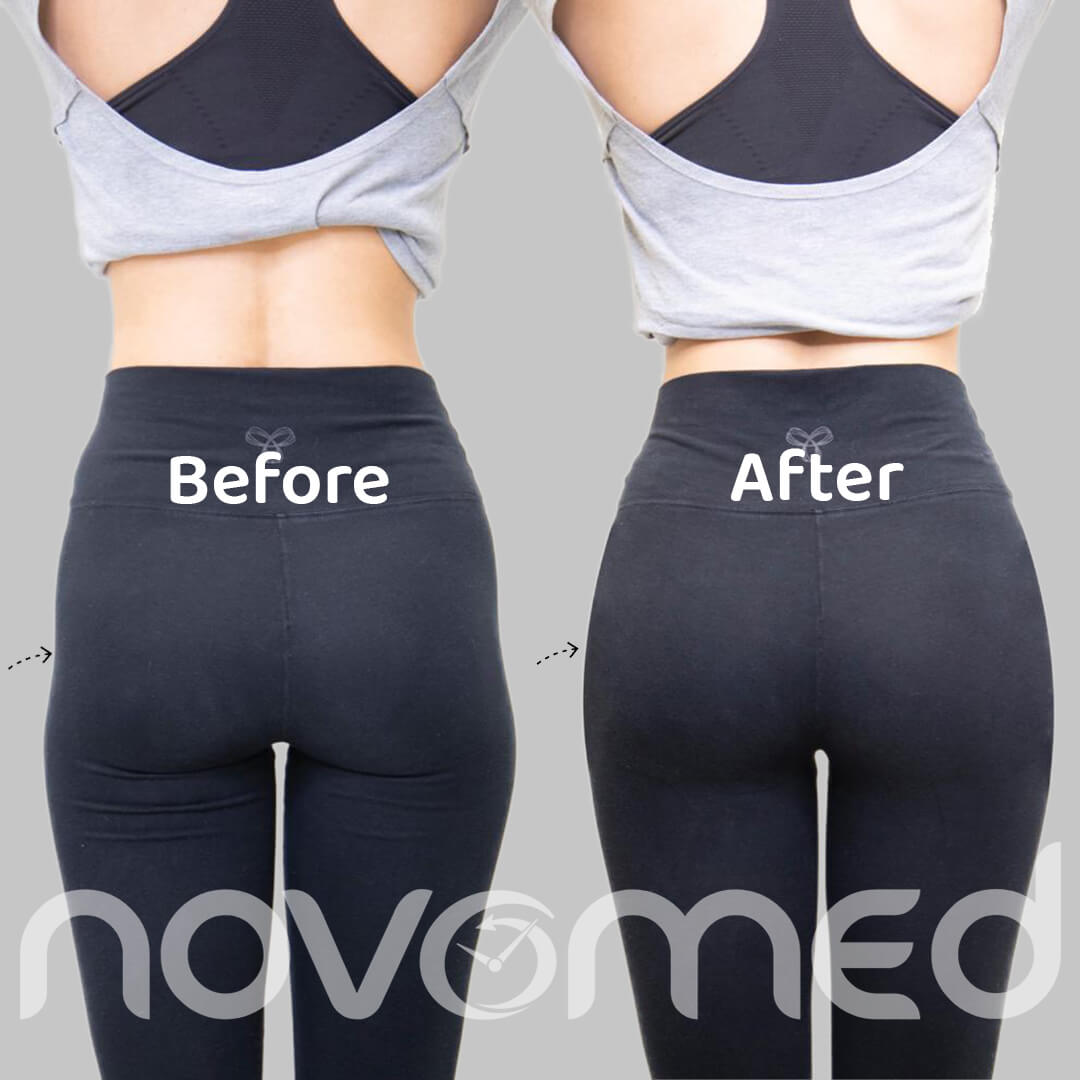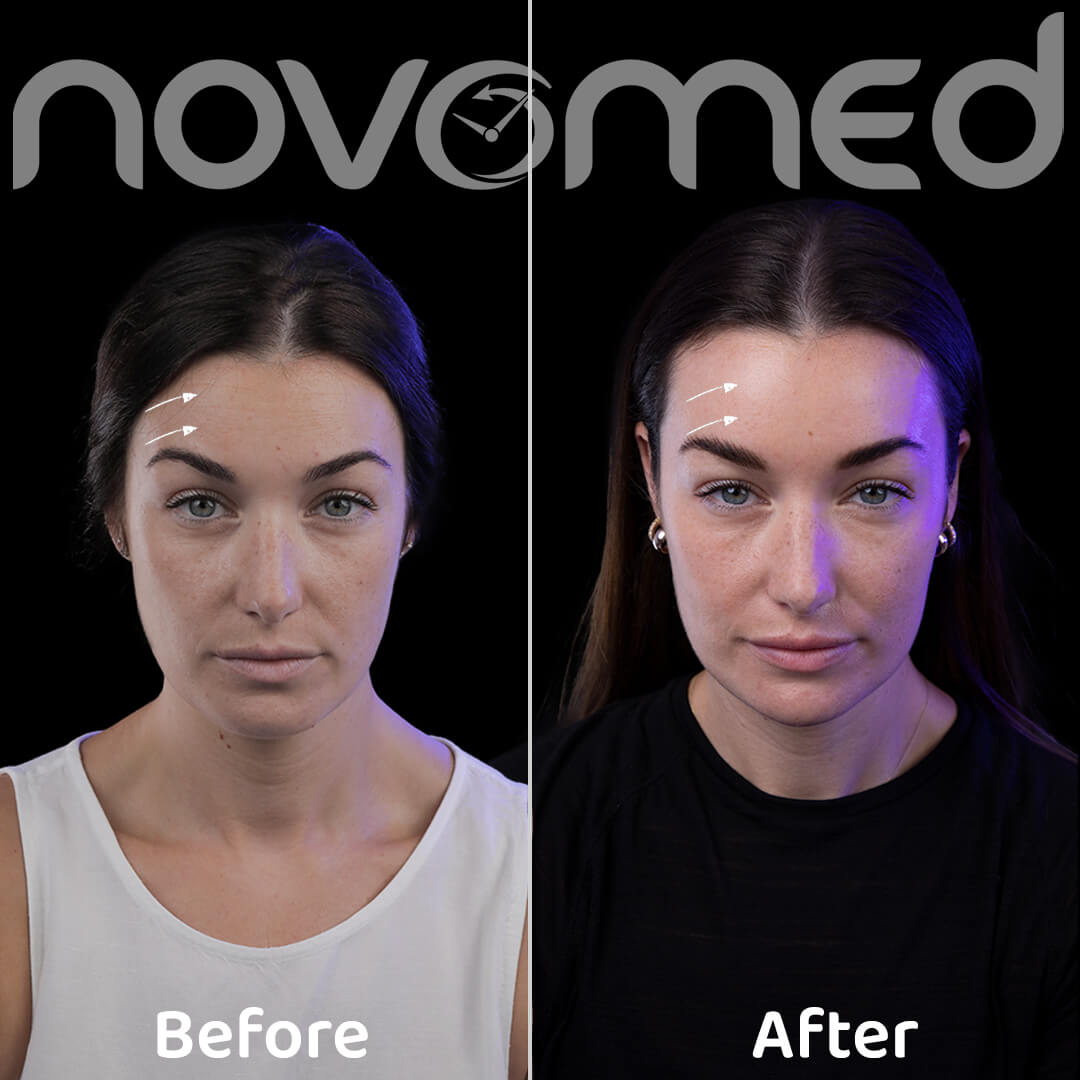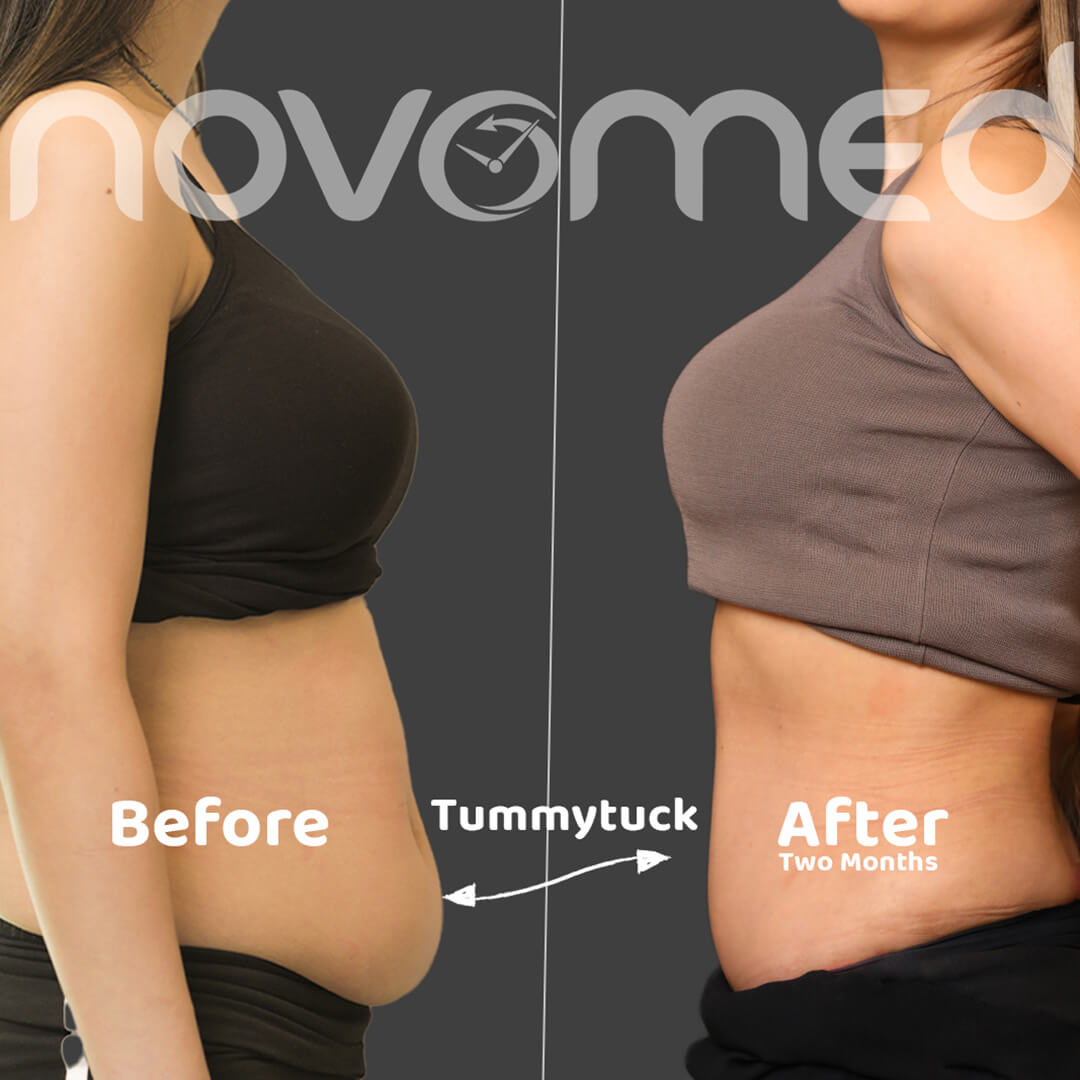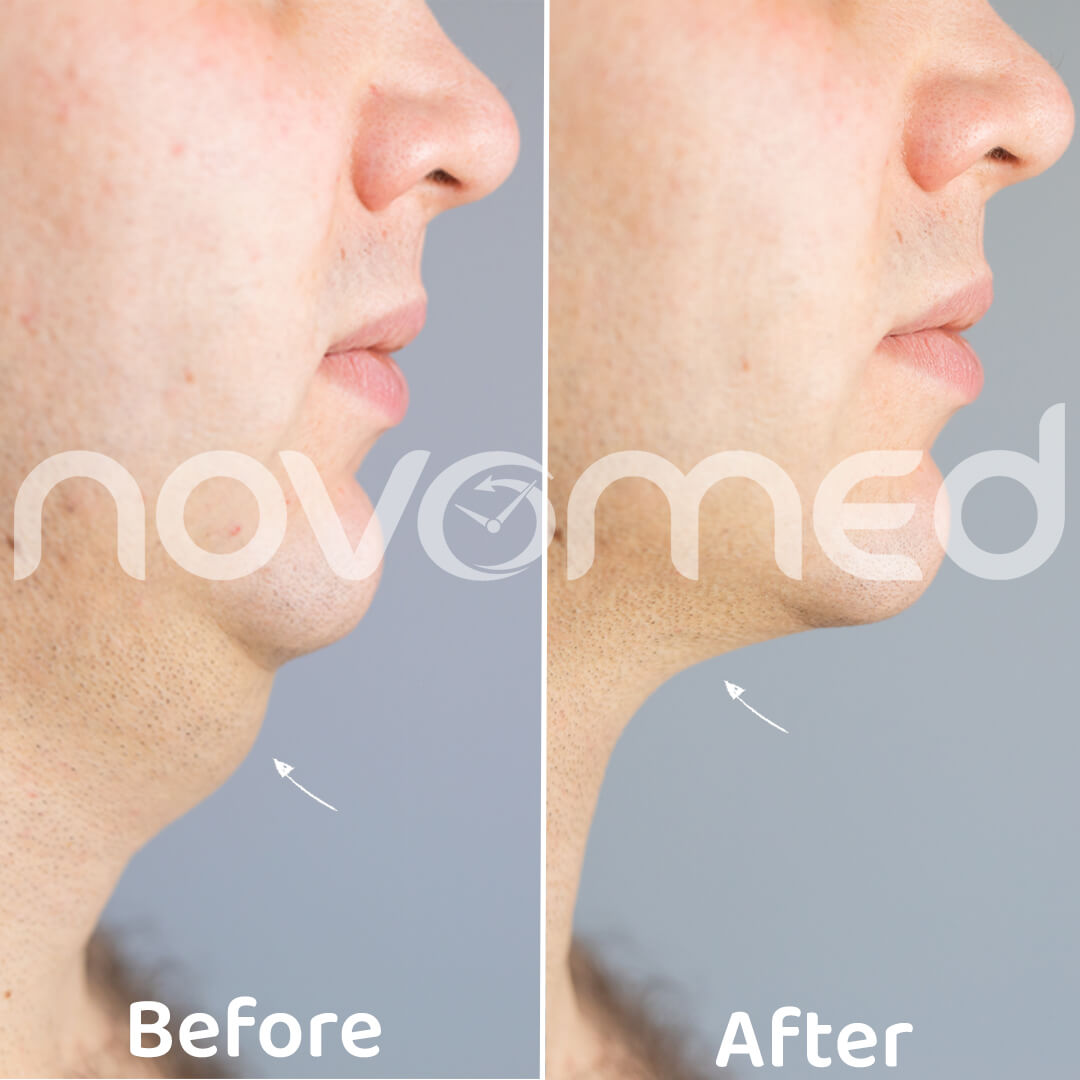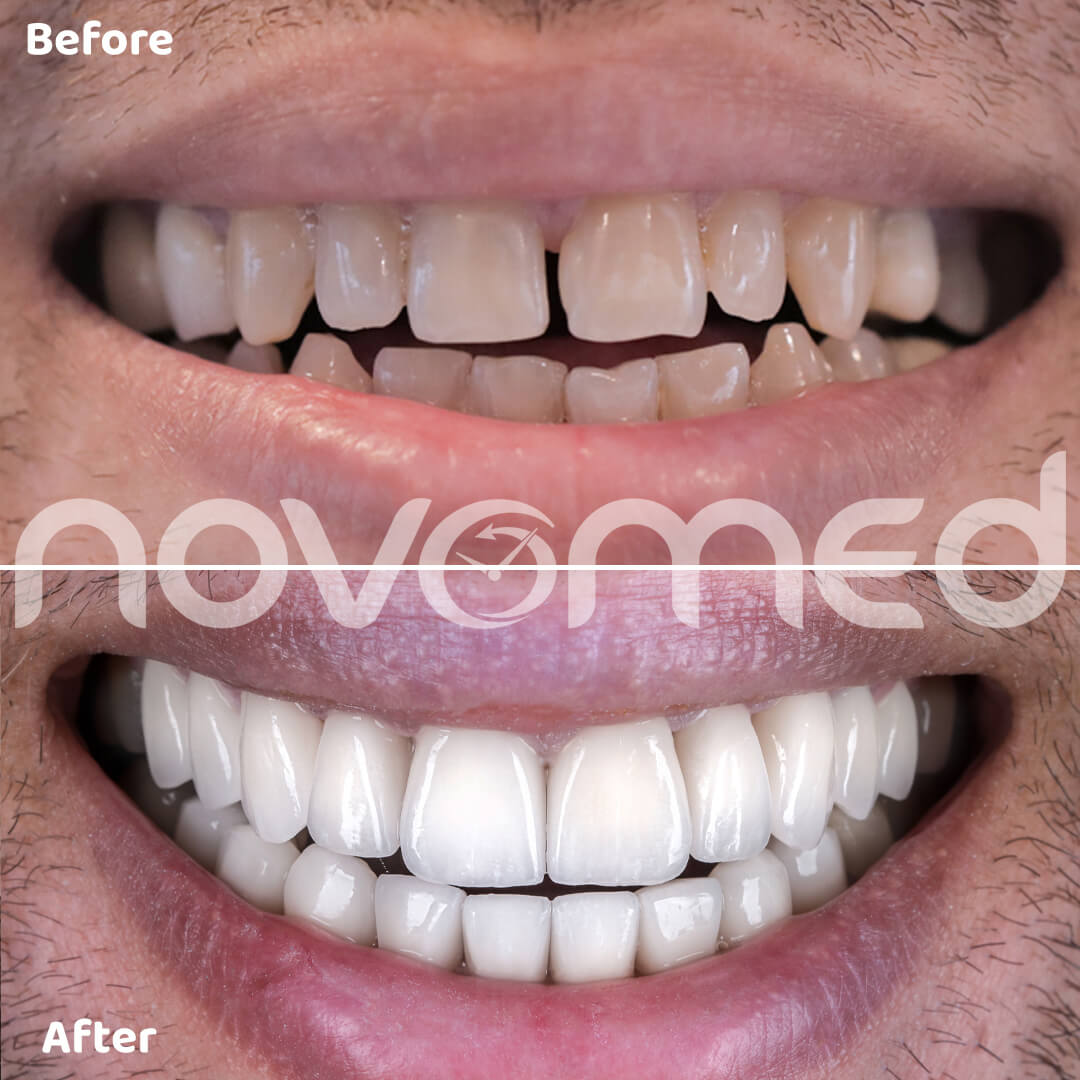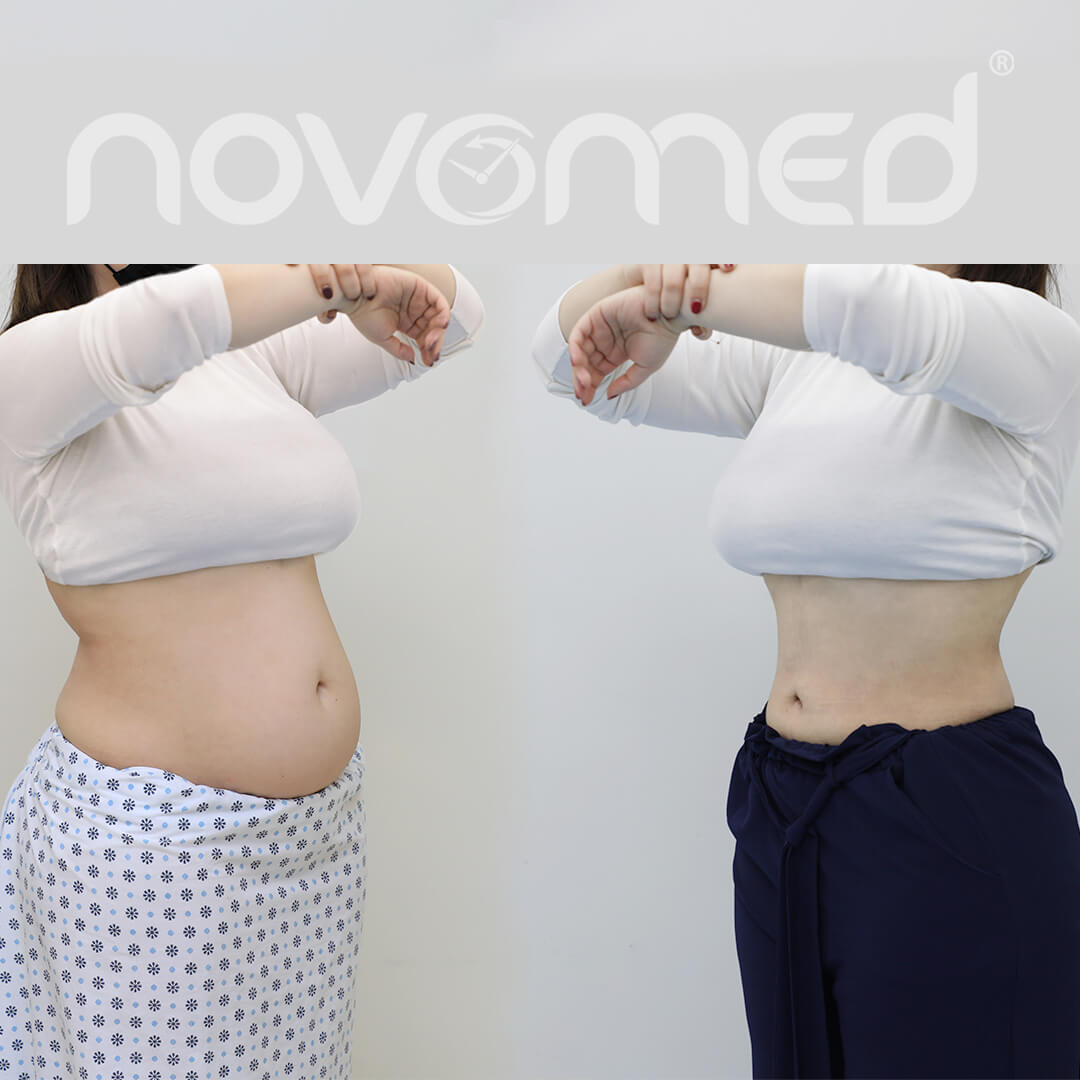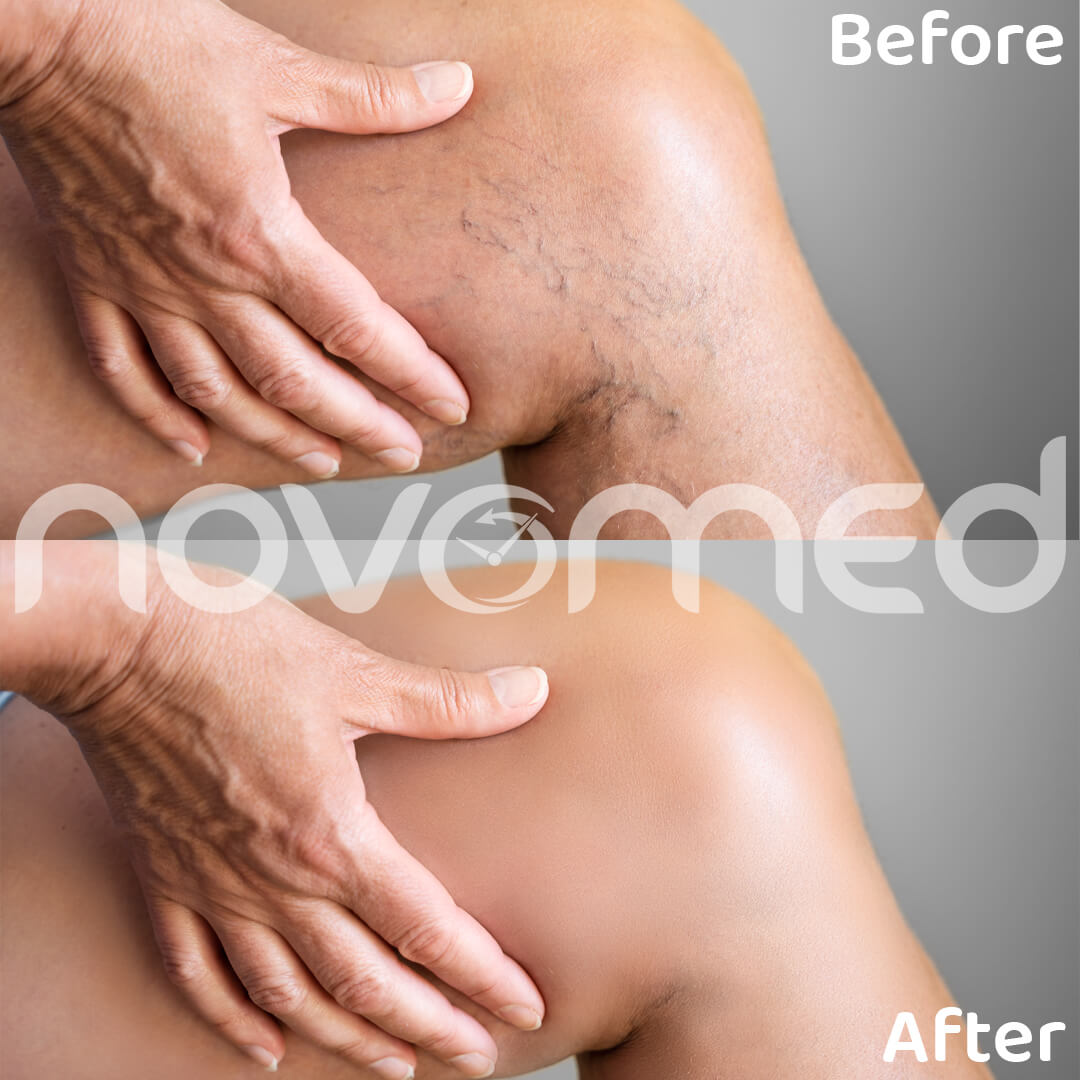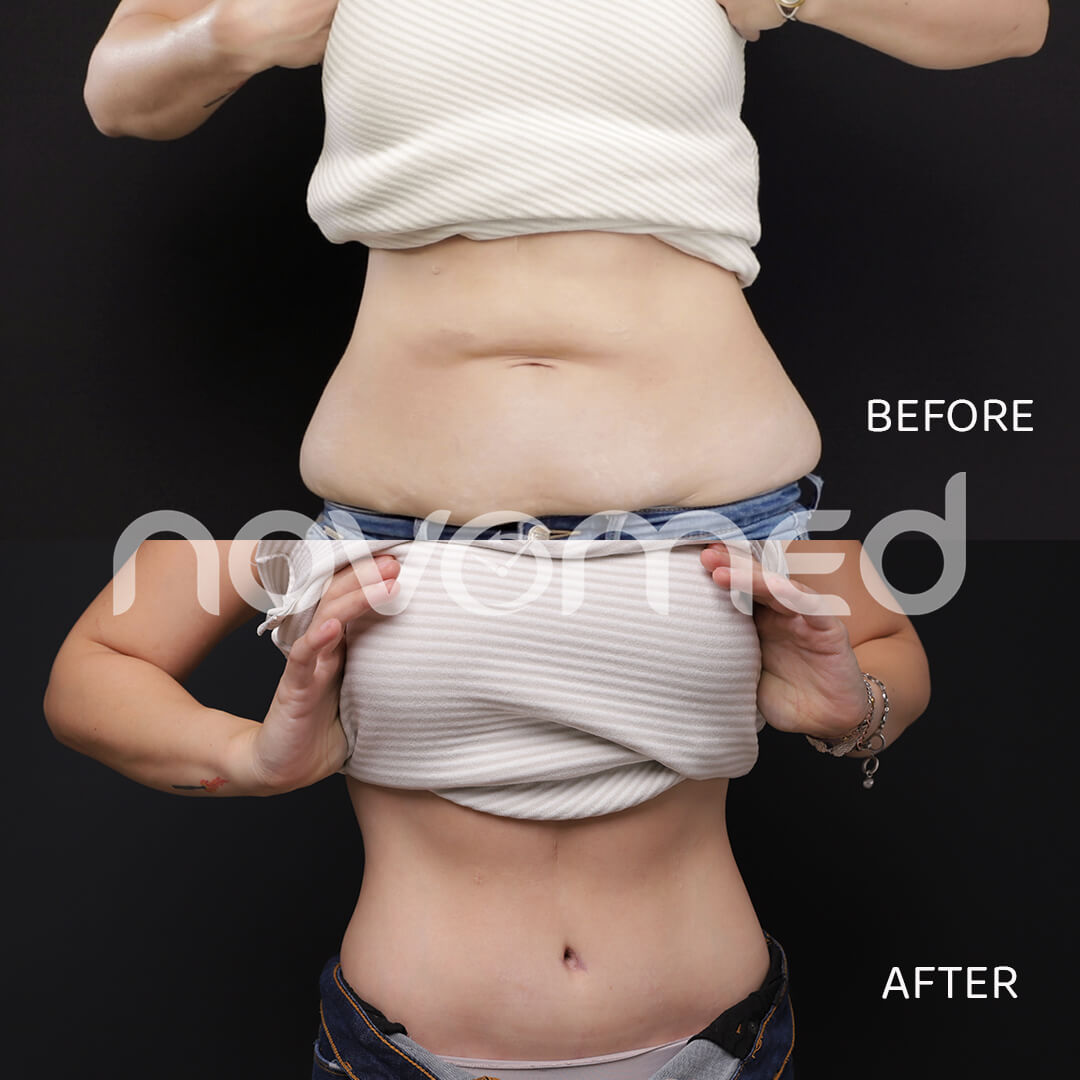Intrauterine device is a small plastic T shaped device that the gynaecologist inserts into the uterus in a simple and quick procedure. This device prevents pregnancy for a long time, and it can be either hormonal or non-hormonal.
Reasons why IUD insertion is done
- Eliminates the need to interrupt sex for contraception
- Does not require partner participation
- Can remain in place for a long time
- Can be removed at any time
- Can be used while breastfeeding
- Does not have side effects
- Hormonal IUDs can reduce cramps and make your period way lighter
- Can be used as an emergency contraceptive if inserted within five days after sexual intercourse
IUD is not recommended in the following cases
- If you suffer from uterine abnormalities, such as fibroids
- If you have a pelvic infection, such as pelvic inflammatory disease
- If you have uterine or cervical cancer
- If you have idiopathic vaginal bleeding
- If you are sensitive to any component of the IUD
- If you have a disorder that causes large amounts of copper to accumulate in the liver, brain, and other vital organs (Wilson’s disease)
Risks
Less than 1 percent of women using an IUD will become pregnant during the first year of standard use. Even over time, the risk of a pregnancy in the case of women using an IUD remains low.
If you become pregnant while using an IUD, you are more likely to have an ectopic pregnancy – when the fertilized egg is implanted outside the uterus, especially in the fallopian tube. However, because IUDs prevent most pregnancies, the risk of an ectopic pregnancy is lower than the risk of it in sexually active women who do not use contraceptives.
IUDs do not protect from sexually transmitted diseases.
IUDs side effects include:
- Bleeding between menstrual cycles
- Painful cramps
- Severe menstrual pain and heavy bleeding
It is also possible to expel the IUD copper IUD from the uterus. You may not feel the expulsion if it happens.
You may be more likely to expel IUD in the following cases:
- You have never been pregnant
- You have prolonged or heavy mensural periods
- You have severe menstrual pain
- You have expelled an IUD before
- You are under 25 years old
- You had an intrauterine device insertion immediately after birth
During the procedure
Your doctor will insert a speculum into your vagina and cleanse the vagina and cervix with an antiseptic solution. A special device can be used to gently align the cervical canal with the uterine cavity. Next, the doctor will fold the IUD horizontal arms and place the device in one of the applicator tubes.
The tube is inserted into the cervical canal and the IUD is carefully placed in the uterus. When the applicator is removed, the IUD will remain in place. Your doctor will adjust IUD threads so they don’t protrude significantly inside the vagina and may record the length of the strings.
While inserting the IUD, you may feel dizzy and nauseous, and experience low blood pressure or slow heart rate. Your doctor will likely suggest lying down for a few minutes to allow these side effects to pass. In rare cases, an IUD can puncture the uterine wall or cervix. In the event of these complications, your doctor will discuss appropriate treatment.
After the procedure
About a month after the insertion of the IUD, your doctor may re-examine you, to make sure the device did not move and to check for signs and symptoms of infection.
Contact your doctor if you experience any of the following while using the IUD:
- Indications of pregnancy or its symptoms
- Unusual heavy vaginal bleeding
- Foul-smelling vaginal discharge
- Pelvic pain
- Severe abdominal pain
- Idiopathic fever
- Possibility of exposure to a sexually transmitted infection
It is also important to contact your doctor right away if you think the IUD is no longer in place. Call your doctor if:
- You have intermenstrual bleeding or bleeding after sex
- Having sex has been painful for you or your partner
- The strings disappeared or seemed suddenly longer
- You feel part of the device in the cervix or the vagina
The doctor will check the location of the IUD and remove it if necessary.
Book your appointment at Novomed today!
For more information about gynecology services or to book an appointment with one of our expert gynecologists in Dubai, call us toll free at 8006686, fill out the booking form or click the live chat icon at the bottom of the screen.








